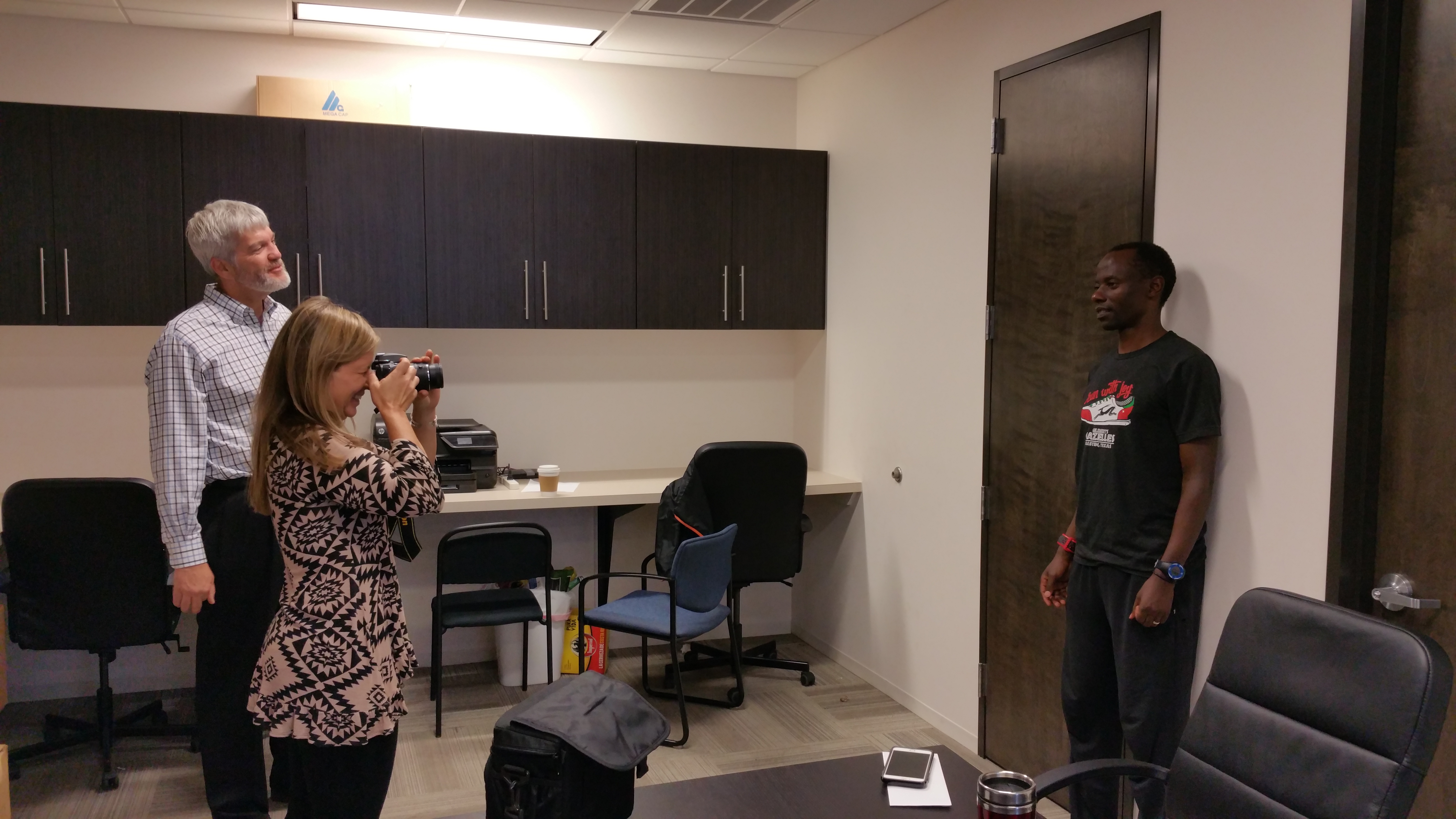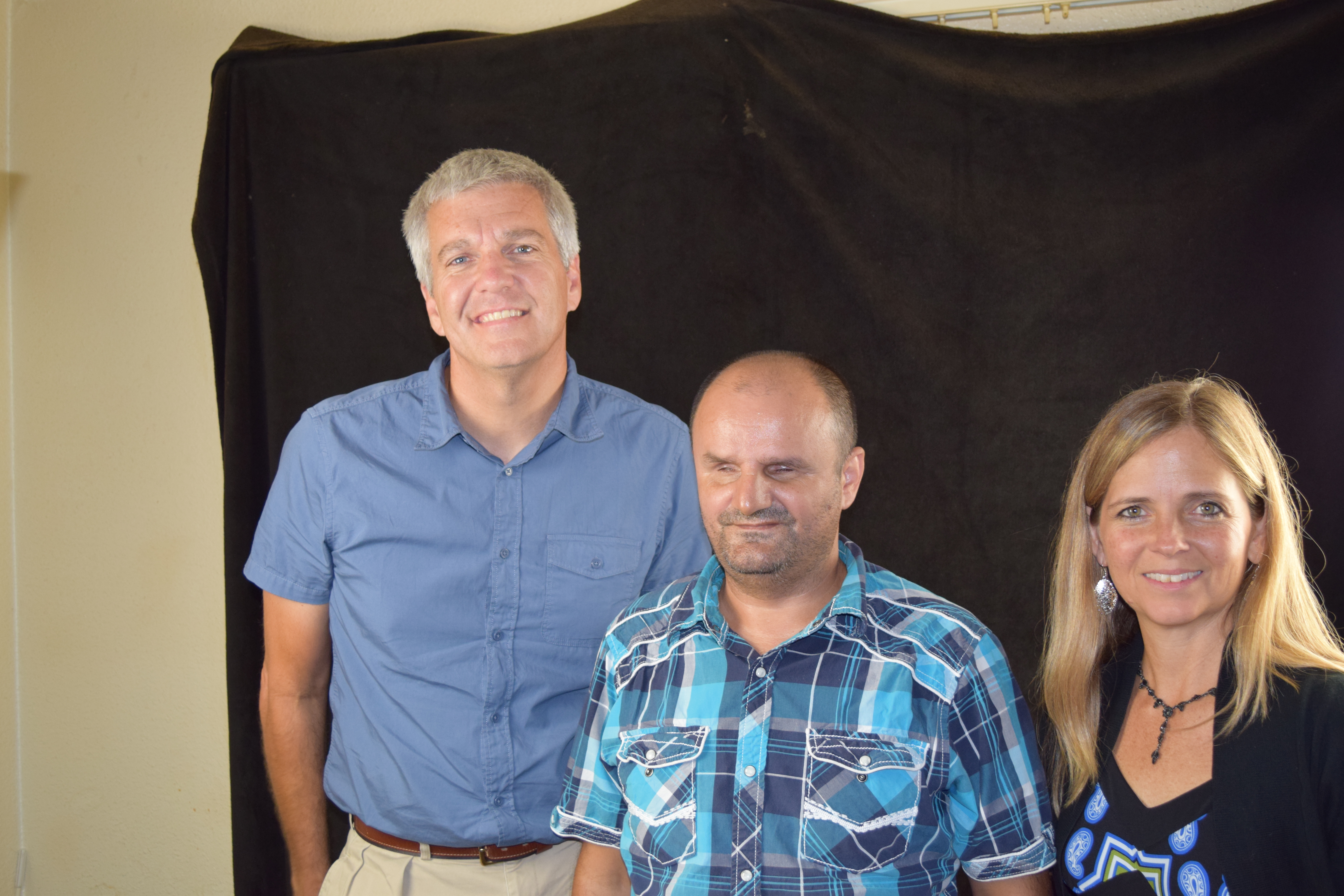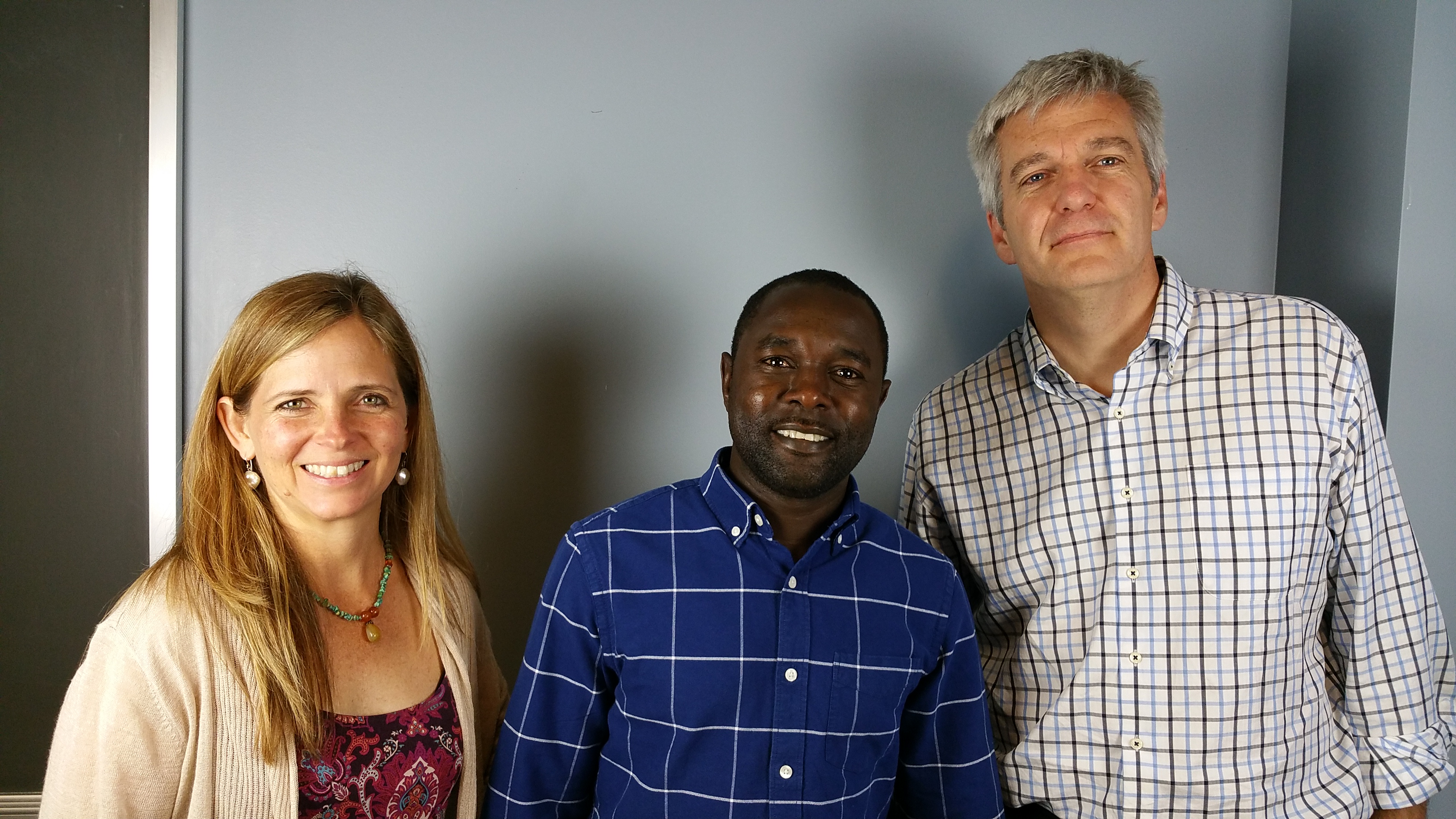Survivors of Genocide

I want to thank also for having this moment of the opportunity to make my voice, where two million have no voice at all—have no voice, besides them crying for help. I want to appreciate each one of you to make this voice known. It’s not me, but their voice, too. Their voices of suffering, the voice of justice, the voice of freedom, those are the kinds of voice that they long for, and they never have it. At least I’ll voice it out for them, not just me. Albert Cheng, on the importance of his testimony
Project Overview
From May 2015 through October 2016, the Baylor University Institute for Oral History conducted fourteen oral histories with survivors of the genocides in Cambodia, Rwanda/Burundi, Bosnia, and Darfur. This work was contracted through a grant from the Texas Holocaust and Genocide Commission in order for survivors who now live in Texas to tell their stories of escaping the horrors of their homelands and finding a new life in the United States.
Project Methodology
Primary team members for the project were:
Stephen Sloan (BUIOH director) - principal investigator
Nathan Roberts (BUIOH graduate assistant) - researcher & videographer
Melissa Sloan (licensed psychologist) - project psychologist
The team travelled throughout Texas to conduct the interviews on-site, either in the narrators' homes or a local institution. Narrators were counselled not only on the technical and legal aspects of the interview process, but also the potential emotional trauma of reliving these harrowing stories. The psychologist was present throughout the entirety of the interview to determine if any immediate care was required, then provided a debriefing session afterwards to assess the narrators' condition, as well as a follow-up call several days after the interview.
Project interviews were deposited into the digital archives of the Baylor University Institute for Oral History, then entered into the Institute's transcript processing workflow. Both interviewers and interviewees were allowed the opportunity to review their transcripts prior to their publication online and/or the creation of bound memoirs of their testimony. These memoirs were provided to the interviewees, to a library local to the interviewees' place of residence, and to the Texas Holocaust and Genocide Commission.
This project was also supported by the following Institute staff/students:
A/V processing - Steven Sielaff
Transcript workflow - Michelle Holland
Transcription - Phoebe Lee, Nathan Roberts, Sam Rojas, Angelica Short, & Ellen Wilkerson
Transcript editing - Michelle Holland, Anne-Marie Houy, Olivia Ridgway, & Nathan Roberts
Genocide trailer creation - Ellen Wilkerson
Interviewee trailer creation - Nathan Roberts
CONTENTdm record creation - Michelle Holland & Steven Sielaff
OHMS record creation - Steven Sielaff
OHMS index creation - Ellen Wilkerson
OHMS transcript sync - Adrienne Cain & Ellen Wilkerson
YouTube video/CC creation - Steven Sielaff
YouTube CC editing - Sarah Miller & Ellen Wilkerson
Project website creation - Steven Sielaff
About the Online Exhibit

Interviews are separated by genocide, and a genocide summary video is provided on each page:
Survivor Interviews
All produced materials relating to the Survivors of Genocide project are available online through this project website and our content management system, Quartex. On the genocide pages, for each interviewee you can view a short "trailer" video of their testimony. Also included are links to their database entries and the OHMS portal where users can easily explore the full interview. OHMS stands for Oral History Metadata Synchronizer, a relatively new piece software developed by the University of Kentucky's Louis B. Nunn Center for Oral History. OHMS allows the user to simultaneously engage audio/video with a transcript or index. When interacting with an OHMS record, you can simply click on a topic or transcript timestamp to advance to that point in the narrative. The built-in search engine provides even greater discoverability while engaged with the video. OHMS records for this project currently exhibit what is termed "Level 2 Indexing." Index points will often feature descriptors or hyperlinks to relevant materials based on the topic being discussed.
All summary and trailer videos, as well as a majority of the full interview videos feature closed captioning for the hearing impaired.













